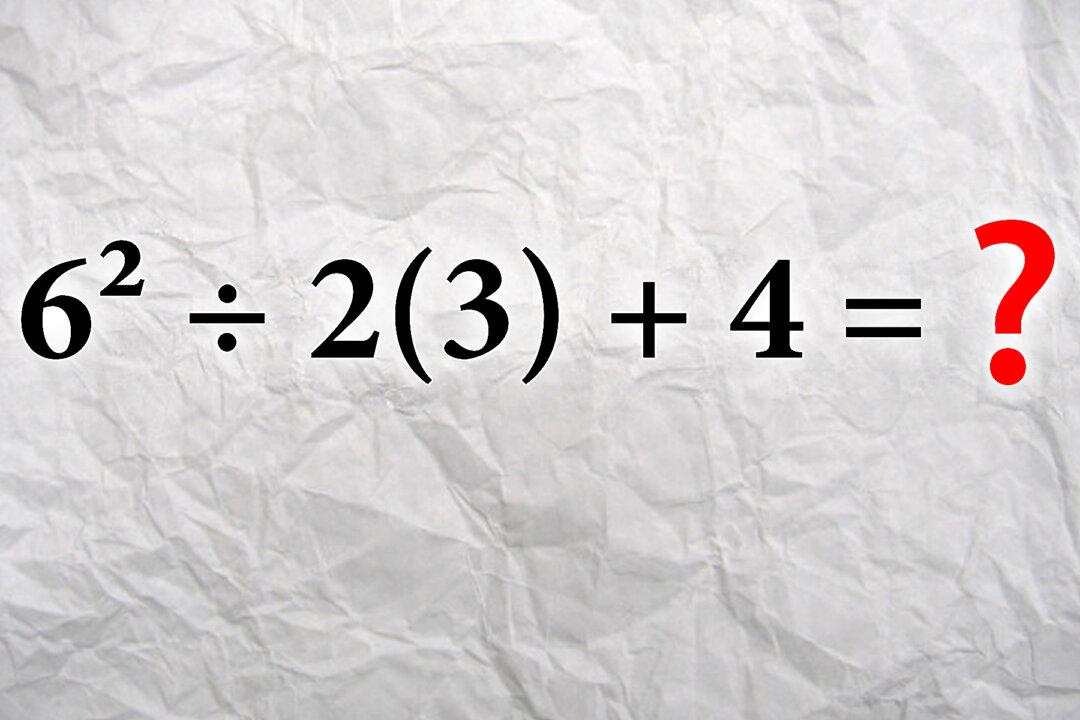Here is a math problem that seems simple at first, but it has generated quite a bit of debate on the internet for an unexpected reason. Can you find the solution, and if so, which side of the debate are you on?
Many of us learned the conventional way of solving problems like this, but we may make the mistake of thinking that there are no other ways to solve it. For example, not everyone follows the same rules for the “order of operations.” However, if we take a closer look at this problem, we may be able to deduce what the best solution is.






